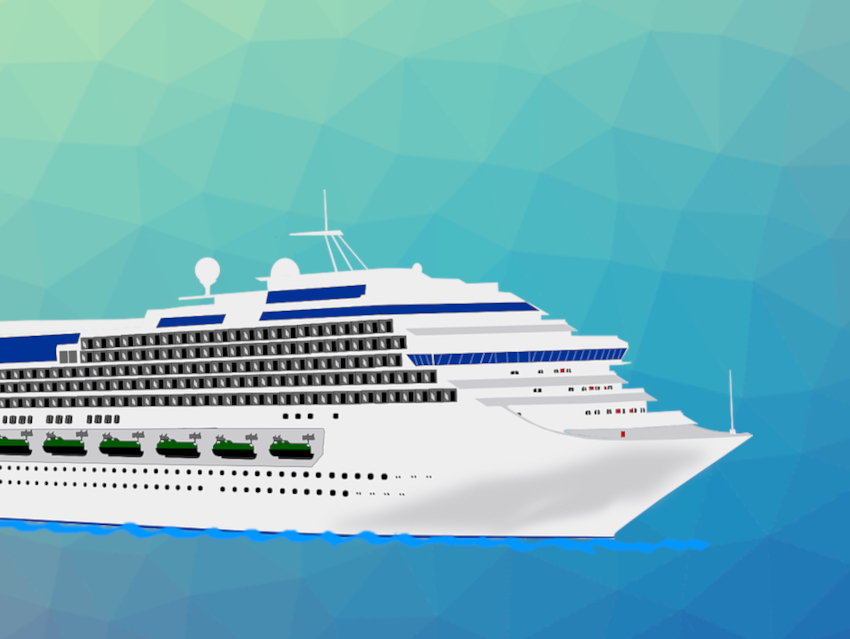The COVID-19 pandemic is caused by the coronavirus SARS-CoV-2. There is evidence that SARS-CoV-2 can be transmitted via aerosols. However, detailed quantitative information on the importance of this transmission pathway is still scarce.
Parham Azimi, Joseph G. Allen, Harvard T. H. Chan School of Public Health, Boston, MA, USA, and colleagues have modeled SARS-CoV-2 transmission during the Diamond Princess cruise ship outbreak of COVID-19 that occurred in early 2020. The team estimated the contributions of short-range and long-range transmission, as well as transmission via contaminated surfaces. They estimated the amount of virus present in different places and physical states, as well as the probability of transmission between these states aboard the ship over time, accounting for mechanisms such as emission, deposition, resuspension, filtration, and ventilation.
The team found that aerosol inhalation was likely the most important contributor to COVID-19 transmission among the Diamond Princess passengers, even in scenarios with high ventilation rates and no air recirculation. They state that airborne transmission likely accounted for over 50 % of disease transmission. Based on the modeling, contaminated surfaces likely played a small role in the outbreak. According to the researchers, public health measures in indoor spaces should aim to curb the inhalation of aerosols in addition to preventing large-droplet and surface transmission.
- Mechanistic transmission modeling of COVID-19 on the Diamond Princess cruise ship demonstrates the importance of aerosol transmission,
Parham Azimi, Zahra Keshavarz, Jose Guillermo Cedeno Laurent, Brent Stephens, Joseph G. Allen,
Proc. Natl. Acad. Sci. USA 2021, 118, e2015482118.
https://doi.org/10.1073/pnas.2015482118
Also of Interest
- Collection: SARS-CoV-2 Virus
What we know about the new coronavirus and COVID-19




